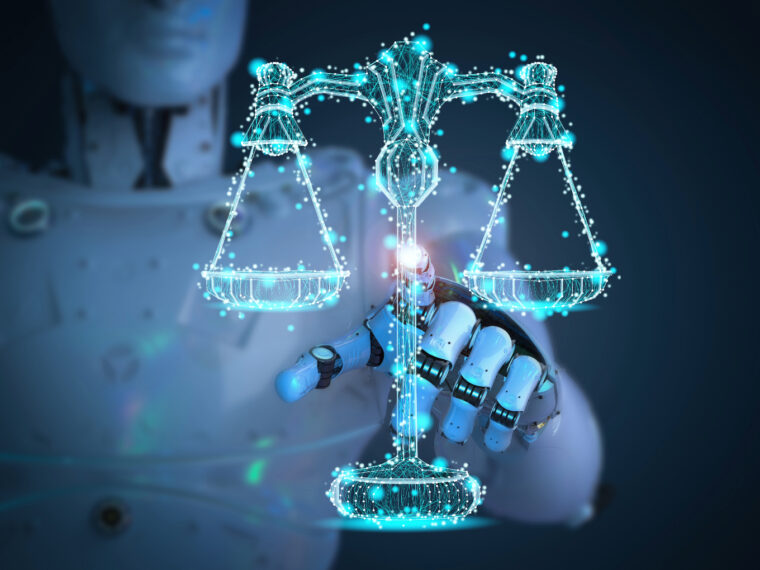Scientists misunderstand human reason and an AI system fails the Turing test.
Eric Schmidt was executive chairman while I was in the trenches at Google in 2012, but I know better than to claim—as he does with Henry Kissinger and Daniel Huttenlocher—that GPT-3 is “producing original text that meets Alan Turing’s standard.” The GPT-3 program hasn’t passed the Turing test, and it seems nowhere near doing so (“The Challenge of Being Human in the Age of AI,” op-ed, Nov. 2).
Compared with earlier text-generation systems, the output generated by GPT-3 looks impressive at a local level; individual phrases, sentences and paragraphs usually demonstrate good grammar and look like normal human-generated text. But at a global level—considering the meaning of multiple sentences, paragraphs or a back-and-forth dialogue—it becomes apparent that GPT-3 doesn’t understand what it’s talking about. It doesn’t have common-sense reasoning or the ability to keep track of objects over time in a discussion. One example, published in August 2020 in MIT Technology Review: GPT-3 was asked, “Yesterday I dropped my clothes off at the dry cleaner’s and I have yet to pick them up. Where are my clothes?” Its response: “I have a lot of clothes.”
Mots-clés : cybersécurité, sécurité informatique, protection des données, menaces cybernétiques, veille cyber, analyse de vulnérabilités, sécurité des réseaux, cyberattaques, conformité RGPD, NIS2, DORA, PCIDSS, DEVSECOPS, eSANTE, intelligence artificielle, IA en cybersécurité, apprentissage automatique, deep learning, algorithmes de sécurité, détection des anomalies, systèmes intelligents, automatisation de la sécurité, IA pour la prévention des cyberattaques.






